Generic Drugs vs. Brand-Name Medications: A Complete Comparison
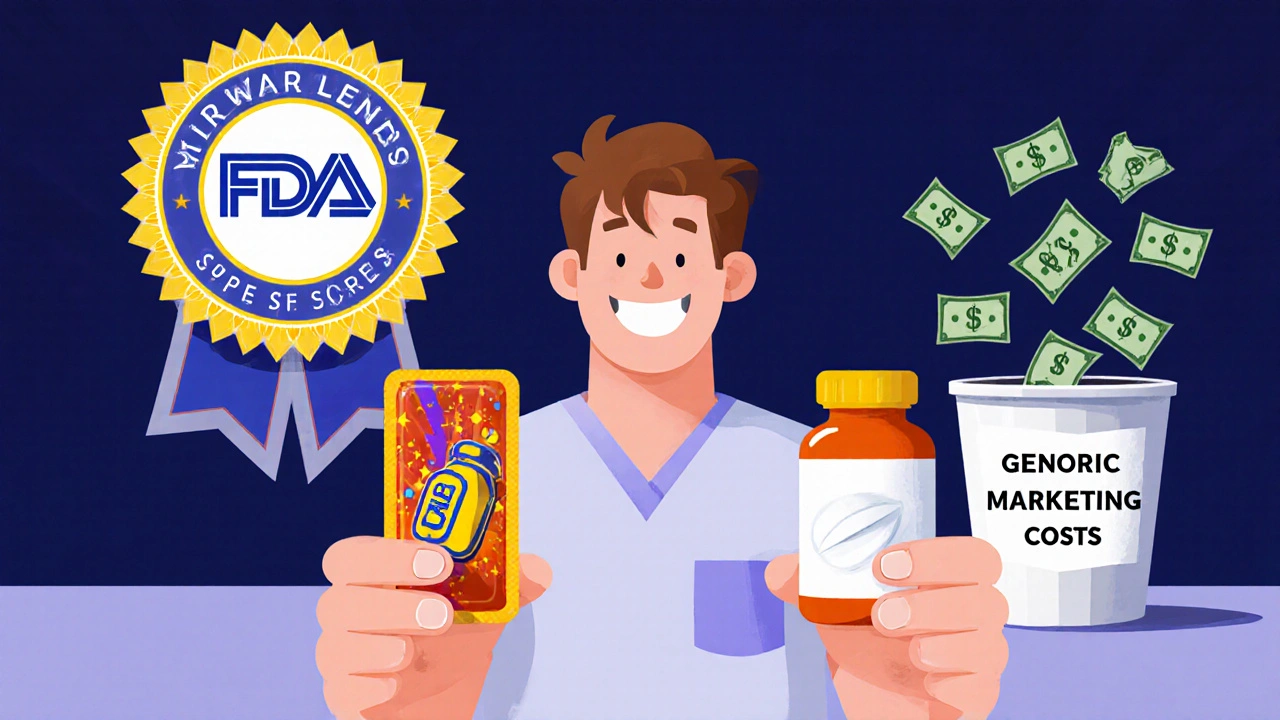
When you pick up a prescription, you might see two options: the familiar brand-name pill in its colorful packaging, or a plain white capsule with a simple label. The price difference can be huge - sometimes over $400 a month versus under $10. But are they really the same? If you’ve ever wondered whether switching to a generic drug is safe, effective, or even worth it, you’re not alone. Millions of people make this choice every day. The truth is more straightforward than the fear-mongering online suggests - but not without important exceptions.
What Exactly Makes a Drug "Generic"?
A generic drug isn’t a copycat. It’s the exact same medicine, legally required to have the same active ingredient, strength, dosage form, and route of administration as the brand-name version. The FDA doesn’t allow a generic to hit the market unless it delivers the same amount of medicine into your bloodstream at the same rate. That’s called bioequivalence. For most drugs, that means your body treats the generic and the brand-name version as identical.
The process isn’t magic. Brand-name companies spend years and billions developing a drug, running clinical trials, and proving it works. Once the patent expires, other manufacturers can step in. They don’t need to repeat those expensive studies. Instead, they prove their version behaves the same way in the body. The FDA reviews every single generic before approval. As of 2023, over 15,000 generic drugs have been approved in the U.S. - and nearly 90% of all prescriptions are filled with them.
Why Are Generics So Much Cheaper?
The price gap isn’t about quality. It’s about cost structure. Brand-name companies recover massive R&D investments - the FDA estimates an average of $2.6 billion per new drug. That includes failed attempts, clinical trials, marketing, and patent protection. Generics skip all that. Their only real cost is manufacturing and proving bioequivalence. That’s why a generic version of Lipitor (atorvastatin) dropped from $130 a month to under $1 after patent expiration.
The savings add up fast. From 2007 to 2016, generic drugs saved the U.S. healthcare system $1.67 trillion. Medicare saved $77 billion. Medicaid saved $37.9 billion. Today, generics make up 90% of prescriptions but only 26% of total drug spending. That’s the power of competition. When multiple companies make the same generic, prices keep falling. You’re not paying for marketing. You’re not paying for patents. You’re paying for the active ingredient - and nothing else.
Are Generics Really Just as Effective?
Yes - for most people, most of the time. A 2016 study in JAMA analyzed over 2,000 bioequivalence studies and found generic drugs varied from brand-name versions by only 3.5% on average in how much medicine entered the bloodstream. The FDA allows up to 25% variation (80%-125% bioequivalence range). So generics aren’t just close - they’re statistically identical in effect.
Doctors who treat heart disease, diabetes, or high blood pressure rely on generics every day. Dr. William Shrank, Chief Medical Officer at UnitedHealth Group, said in 2020 that the evidence shows "therapeutic equivalence" between generics and brand-name cardiovascular drugs. Hospitals use generics almost exclusively because they’re proven, safe, and cost-effective.
But here’s where it gets tricky. Not all drugs are created equal. About 3% of medications are classified as "narrow therapeutic index" (NTI) drugs. These are drugs where even tiny changes in blood levels can cause harm or make the treatment ineffective. Examples include warfarin (a blood thinner), levothyroxine (for thyroid disease), and some seizure medications like phenytoin and carbamazepine.
For NTI drugs, switching between different generic manufacturers can sometimes cause problems. One 2017 study found that patients with epilepsy who switched between different generic versions of levetiracetam had a 32% higher risk of seizure-related hospitalization. That’s not because generics are bad. It’s because the body can be sensitive to tiny differences in inactive ingredients or how the pill breaks down. The FDA still approves these generics - but experts recommend sticking with the same manufacturer if you’re on an NTI drug.
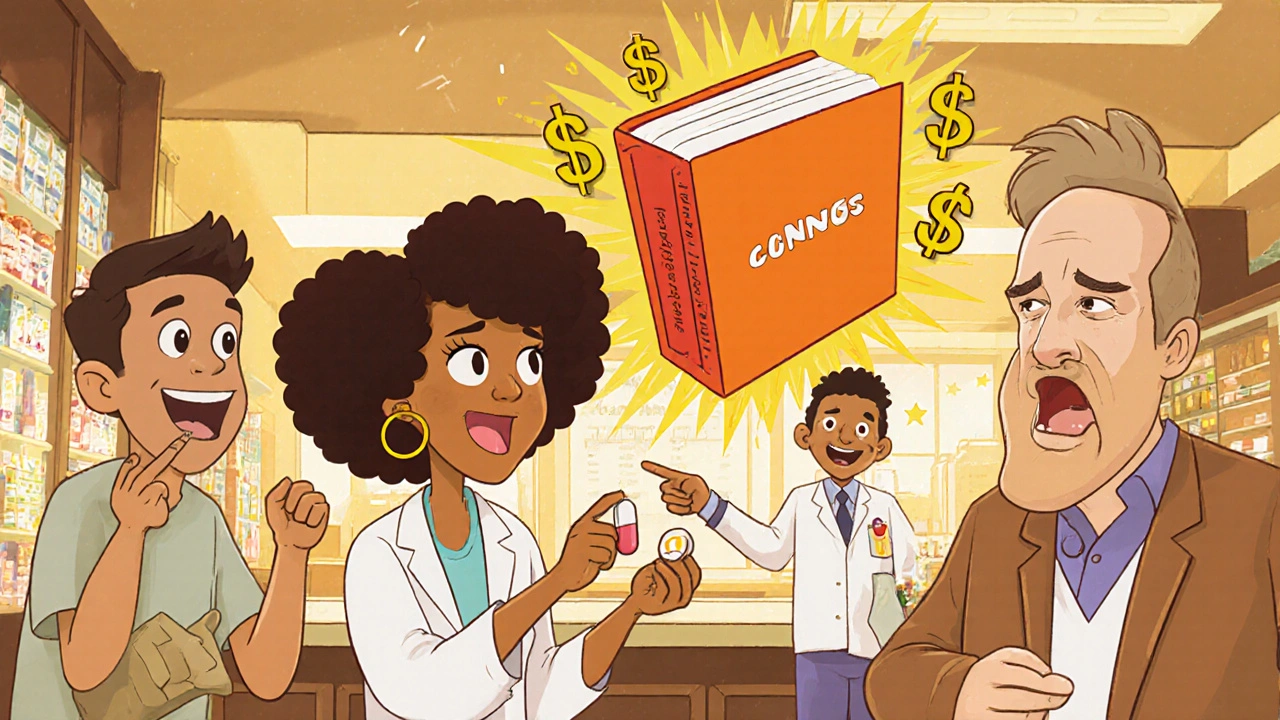
What’s Different About Generics? (And Why It Matters)
Generics can look different. They might be a different color, shape, or size. That’s not a mistake - it’s the law. Trademark rules prevent generic manufacturers from making their pills look exactly like the brand-name version. So if your pill suddenly looks different, don’t panic. It’s still the same medicine.
But the inactive ingredients - the fillers, dyes, preservatives - can change. These don’t affect how the drug works. But they can affect you if you have allergies. Some generics use gluten, lactose, or artificial dyes that the brand-name version doesn’t. If you’re sensitive, check the label or ask your pharmacist. The FDA requires this information to be listed.
Also, generics can come from different factories - sometimes overseas. The FDA inspects all manufacturing sites, domestic and foreign, under the same rules. But a 2023 GAO report found that 18% of foreign generic drug facilities had at least one inspection issue, compared to 8% of U.S. ones. That doesn’t mean they’re unsafe. It means the FDA is watching closer. And when shortages happen - like the 178 generic drug shortages in 2022 - it’s often because one factory had a problem. That’s why your pharmacy might switch you to a different generic without warning.
When Should You Stick With Brand-Name?
You don’t need to. For 97% of prescriptions, generics are the smarter choice. But there are exceptions.
- If you’re on a narrow therapeutic index drug (warfarin, levothyroxine, epilepsy meds), ask your doctor if you should stick with one brand or generic manufacturer.
- If you’ve had a bad reaction after switching - like unexplained fatigue, mood changes, or worsening symptoms - talk to your provider. It might be the filler, not the active ingredient.
- If your insurance doesn’t cover the generic, or the brand is cheaper (yes, that happens sometimes), go with what’s affordable.
- If you’re on a complex drug like an inhaler, injectable, or topical cream, some generics aren’t available yet. These are called complex generics, and they’re harder to copy.
For most people, though, the brand-name drug is just a marketing product. The medicine inside? Identical.
How to Navigate Generic Switches
Pharmacists are legally allowed to swap a brand-name drug for a generic unless your doctor writes "dispense as written" on the prescription. In 49 states, they must do it automatically. That’s good for your wallet - but it can be confusing.
Here’s how to take control:
- Check the pill. If it looks different, look up the imprint code (the letters/numbers on the pill) on the FDA’s website or use a pill identifier tool.
- Ask your pharmacist: "Is this the same generic I got last time?" If it’s a different manufacturer, ask if you can request the same one.
- If you’re on an NTI drug, ask your doctor to write "dispense as written" or specify the brand or generic manufacturer.
- Use tools like GoodRx to compare prices. Sometimes the brand-name drug is cheaper than a specific generic - especially if you have coupons or cash discounts.
- Keep a list of which generic manufacturer you’re using. If you have side effects, that detail matters.
The FDA’s "Orange Book" lists every approved generic and its therapeutic equivalence rating. You can search it online. It’s free. Use it.
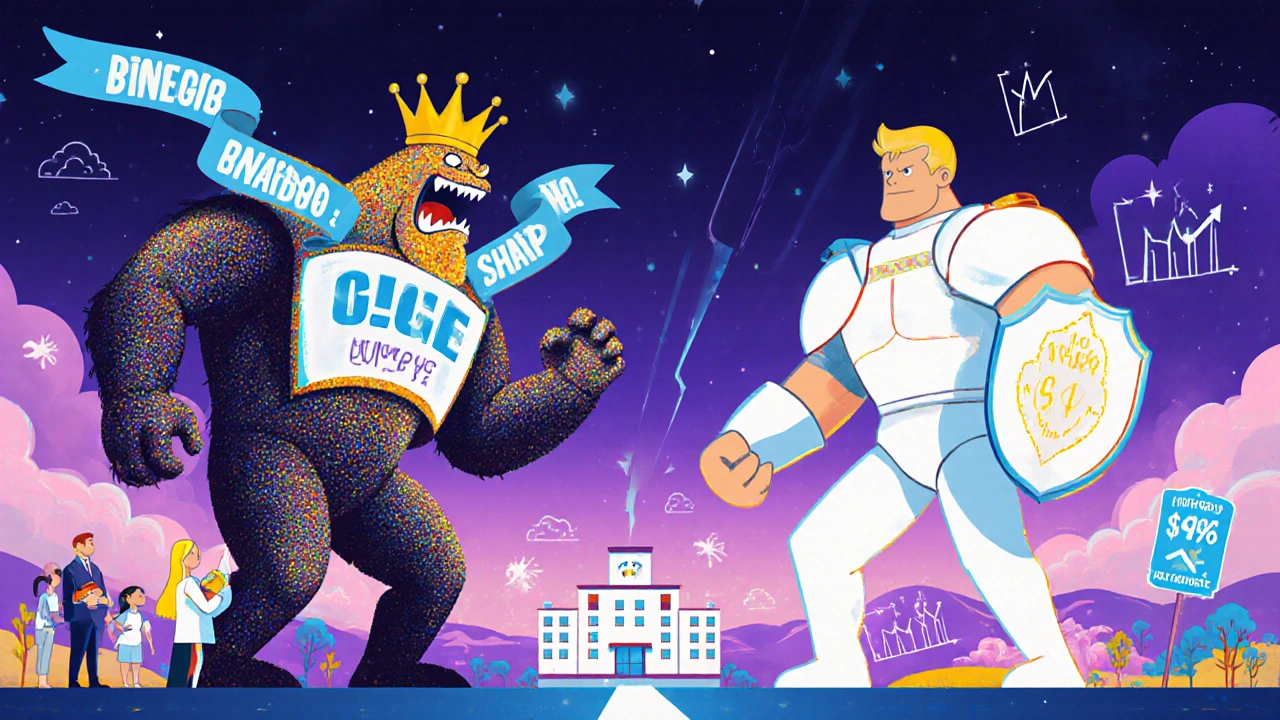
What’s Changing in the Generic Market?
The generic drug market is growing fast. In 2022, it was worth $110 billion in the U.S. alone. Major players like Teva, Sandoz, and Viatris control most of the market. But the biggest shift is happening with biosimilars - the generic versions of biologic drugs like Humira, Enbrel, and Remicade.
Biologics are complex proteins made from living cells. They’re expensive - Humira alone made $21 billion a year before patent expiration. Biosimilars aren’t exact copies like traditional generics. They’re "highly similar" - and they’re harder to make. As of 2023, the FDA has approved 35 biosimilars. They’re growing fast, but still only make up 2.3% of the biologics market.
The FDA’s new GDUFA III program (launched in 2023) aims to cut approval times for generics from 14 months to 10. They’re also pushing to approve more complex generics - like inhalers and topical creams - which used to be nearly impossible to copy. In 2017, only 3 complex generics got approved. In 2022, that number jumped to 12.
By 2032, the Congressional Budget Office expects generics to save the U.S. another $1.7 trillion. That’s money that goes back into care, not corporate profits.
What Do Patients Really Think?
Real-world experience is mixed. On Drugs.com, 87% of users reported no difference between generic and brand-name versions of common drugs like metformin and lisinopril. But 13% of users on thyroid meds like Synthroid reported side effects after switching between generics.
Reddit threads are full of stories. One person saved $450 a month switching from brand-name Humira to a biosimilar. Another said their anxiety spiked after switching to a new generic of a seizure drug. These aren’t rare. They’re real - and they matter.
Medicare data shows 68% of beneficiaries choose generics because of cost. Only 22% choose them because their doctor recommended it. That tells you something: people know the price difference is huge. But they’re also nervous.
The biggest concerns? Thyroid meds (42% of online mentions), seizure drugs (28%), and blood thinners (19%). People aren’t afraid of generics. They’re afraid of being the one person it doesn’t work for.
Bottom Line: Should You Use Generics?
Yes - unless you have a specific reason not to.
For most medications - antibiotics, blood pressure pills, antidepressants, statins, diabetes drugs - generics are just as safe and effective. They’re cheaper. They’re widely used. They’re backed by decades of data.
For NTI drugs - thyroid, epilepsy, blood thinners - be cautious. Don’t switch manufacturers without talking to your doctor. If you’ve had a good experience with one generic, stick with it. If you notice changes in how you feel, speak up.
Generics aren’t second-rate. They’re the backbone of affordable healthcare. The only reason brand-name drugs still exist is because some people don’t know the truth - or they’re afraid to ask.
Next time you get a prescription, ask: "Is there a generic?" If the answer is yes - and you’re not on a narrow therapeutic index drug - take it. You’re not saving money. You’re getting the same medicine, for less. That’s not a compromise. That’s common sense.
Are generic drugs as safe as brand-name drugs?
Yes. The FDA requires generic drugs to meet the same strict standards for quality, strength, purity, and potency as brand-name drugs. They’re made in the same type of facilities, under the same rules. The only difference is cost - not safety.
Why do generic pills look different from brand-name pills?
U.S. trademark laws prevent generic manufacturers from making their pills look identical to brand-name versions. That’s why color, shape, or size might change - even though the active ingredient is the same. The pill’s imprint code (letters/numbers) will tell you what’s inside. Always check it if you’re unsure.
Can I trust generics made overseas?
Yes - as long as they’re FDA-approved. The FDA inspects all manufacturing sites, whether in the U.S. or abroad, using the same standards. About 80% of generic drugs sold in the U.S. are made overseas, mostly in India and China. The FDA has inspection teams stationed in those countries to ensure quality.
What should I do if I feel worse after switching to a generic?
Don’t ignore it. Keep a record of when you switched and what symptoms you noticed. Contact your doctor and pharmacist. You may need to switch back or request the same generic manufacturer. For narrow therapeutic index drugs, consistency matters. Your doctor can write "dispense as written" to prevent future switches.
Are biosimilars the same as generic drugs?
Not exactly. Biosimilars are generic versions of complex biologic drugs (like Humira or Enbrel), which are made from living cells. They’re not exact copies - they’re "highly similar" and must be proven to work the same way. They’re more expensive to make than traditional generics, but still much cheaper than the brand-name biologic.
Can my pharmacist switch my medication without telling me?
In 49 states, yes - if a generic is available and your doctor didn’t write "dispense as written." Pharmacists are required to substitute unless told otherwise. Always check your pill when you pick it up. If it looks different, ask if it’s the same generic you got before.
Do generic drugs have the same side effects as brand-name drugs?
The active ingredient causes the same side effects. But inactive ingredients (like dyes or fillers) in generics can sometimes cause reactions in sensitive people - like stomach upset or skin rashes. If you notice new side effects after switching, talk to your doctor. It might be the filler, not the medicine.

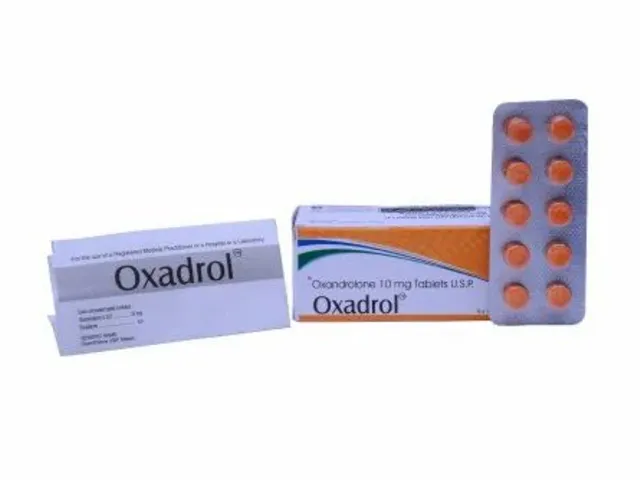

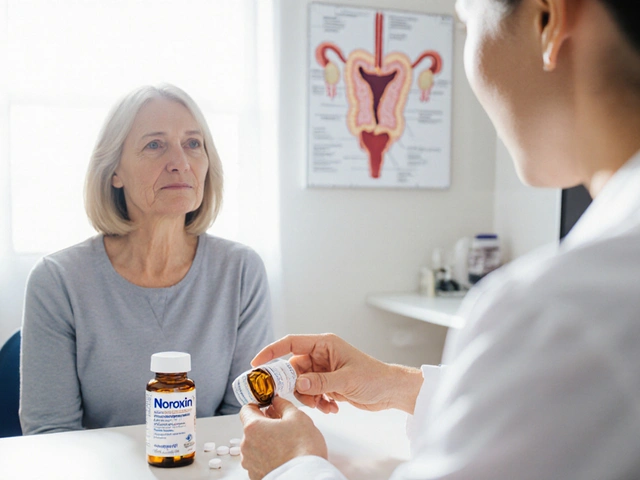
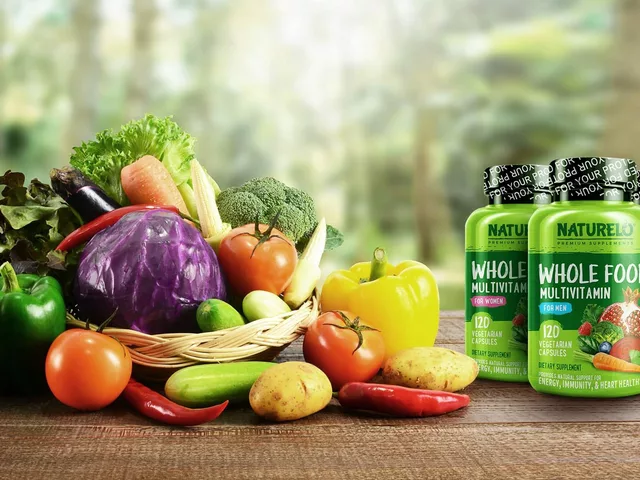

Gabe Solack
November 18, 2025 AT 02:33Just switched my levothyroxine to a generic last month and zero difference. Been on it for 5 years and my TSH is rock solid. 🤘
Yash Nair
November 19, 2025 AT 03:25USA thinks its so smart with generics but india makes 70% of the world's meds and u still dont trust it? lol ur pills are made in hyderabad u dumbass. why u pay 10x? u got money to burn? 🤡
Girish Pai
November 19, 2025 AT 04:29From a pharmacoeconomic standpoint, the cost elasticity of generic substitution in the U.S. healthcare ecosystem is statistically significant (p<0.001). The marginal utility per dollar spent on NTI generics is suboptimal due to formulation variance in inactive excipients-especially with solid oral dosage forms. We need standardized batch-to-batch bioequivalence thresholds, not FDA’s 80-125% tolerance. This is a systemic risk.
Kristi Joy
November 21, 2025 AT 01:15Hey everyone, if you're nervous about switching, you're not alone. I used to panic every time my pill changed color. But I started keeping a little notebook-note the imprint, the manufacturer, how I felt. It helped me feel in control. You got this 💪
Hal Nicholas
November 22, 2025 AT 07:18Of course generics are fine. Until your anxiety spikes, your seizures return, or your INR goes haywire. Then suddenly you're the one begging your pharmacist to go back to the brand. People don't die from cost-they die from inconsistency. Don't be a hero. Stick with what works.
Katelyn Sykes
November 23, 2025 AT 02:51I save like 400 a month on my blood pressure med with generics and I dont even think about it anymore. Same pill same effect. Why are we still having this conversation in 2025? 🤷♀️
Denny Sucipto
November 25, 2025 AT 01:27My grandma’s on warfarin. We switched her to a generic once and she got dizzy for three days. We went back to the brand-she’s been fine since. Don’t mess with stuff that keeps people alive. I get the cost thing, but some things ain’t worth the gamble.
Holly Powell
November 26, 2025 AT 16:32Let’s be real-the FDA’s bioequivalence standards are a joke. 25% variation? That’s not therapeutic equivalence, that’s therapeutic roulette. And don’t get me started on the foreign manufacturing oversight. You’re gambling with your physiology for a $5 discount.
Emanuel Jalba
November 28, 2025 AT 15:33They’re hiding something. Why do the same pills look different? Why do the ingredients change? Why do the side effects pop up? It’s not coincidence-it’s corporate manipulation. Big Pharma wants you dependent on their brand. Wake up.
Heidi R
November 29, 2025 AT 04:53Generic levothyroxine ruined my life. I cried for a week. My doctor didn’t care. I’m switching back to Synthroid. No one understands how much this matters.
Brenda Kuter
November 29, 2025 AT 11:05Did you know the FDA only inspects 1% of foreign factories? And the rest? They just look at paperwork. That’s why there are shortages. That’s why your pills change. They’re playing Russian roulette with your health. And you’re just happy you saved $30? 😭